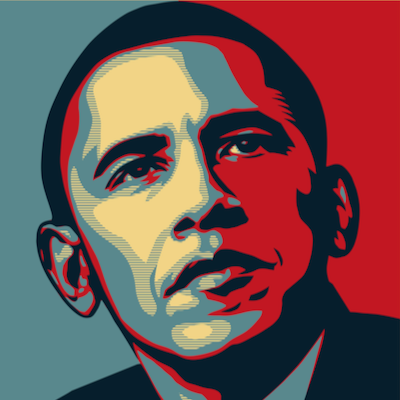
Details
Artist
Styles
// Double Exposure by Anne Collier, created in 2011, is a compelling C-print that captures a layered, introspective moment. In this photograph, a close-up of a person’s eye peers through a Nikon camera, with an additional superimposed layer that creates a surreal, double-image effect. The composition evokes themes of perception, observation, and the act of looking, playing with the viewer’s sense of clarity and distortion. Known for her conceptual approach to photography, Collier often explores the nature of images and the role of the photographer, creating works that invite viewers to question their own perspectives. This limited edition print, part of a series of 100, is a thought-provoking piece that merges self-reflection with the mechanics of photography.
Double exposure, 2011
form
Medium
Size
37 x 42 cm
- Inches
- Centimeters
Edition
Price
Details
Artist
Styles
// Double Exposure by Anne Collier, created in 2011, is a compelling C-print that captures a layered, introspective moment. In this photograph, a close-up of a person’s eye peers through a Nikon camera, with an additional superimposed layer that creates a surreal, double-image effect. The composition evokes themes of perception, observation, and the act of looking, playing with the viewer’s sense of clarity and distortion. Known for her conceptual approach to photography, Collier often explores the nature of images and the role of the photographer, creating works that invite viewers to question their own perspectives. This limited edition print, part of a series of 100, is a thought-provoking piece that merges self-reflection with the mechanics of photography.
What is appropriation?
Appropriation in art involves using pre-existing images or objects with little or no modification. This technique has played a significant role across various art forms, including visual arts, music, performance, and literature. In visual arts, appropriation refers to the practice of adopting, sampling, recycling, or borrowing elements—or even entire forms—of existing visual culture, integrating them into new works to create meaning or critique.












